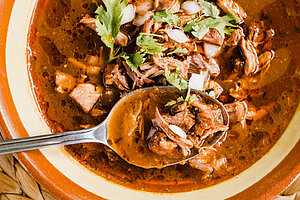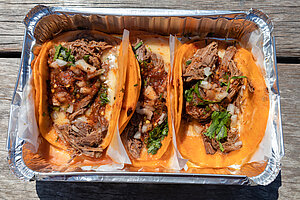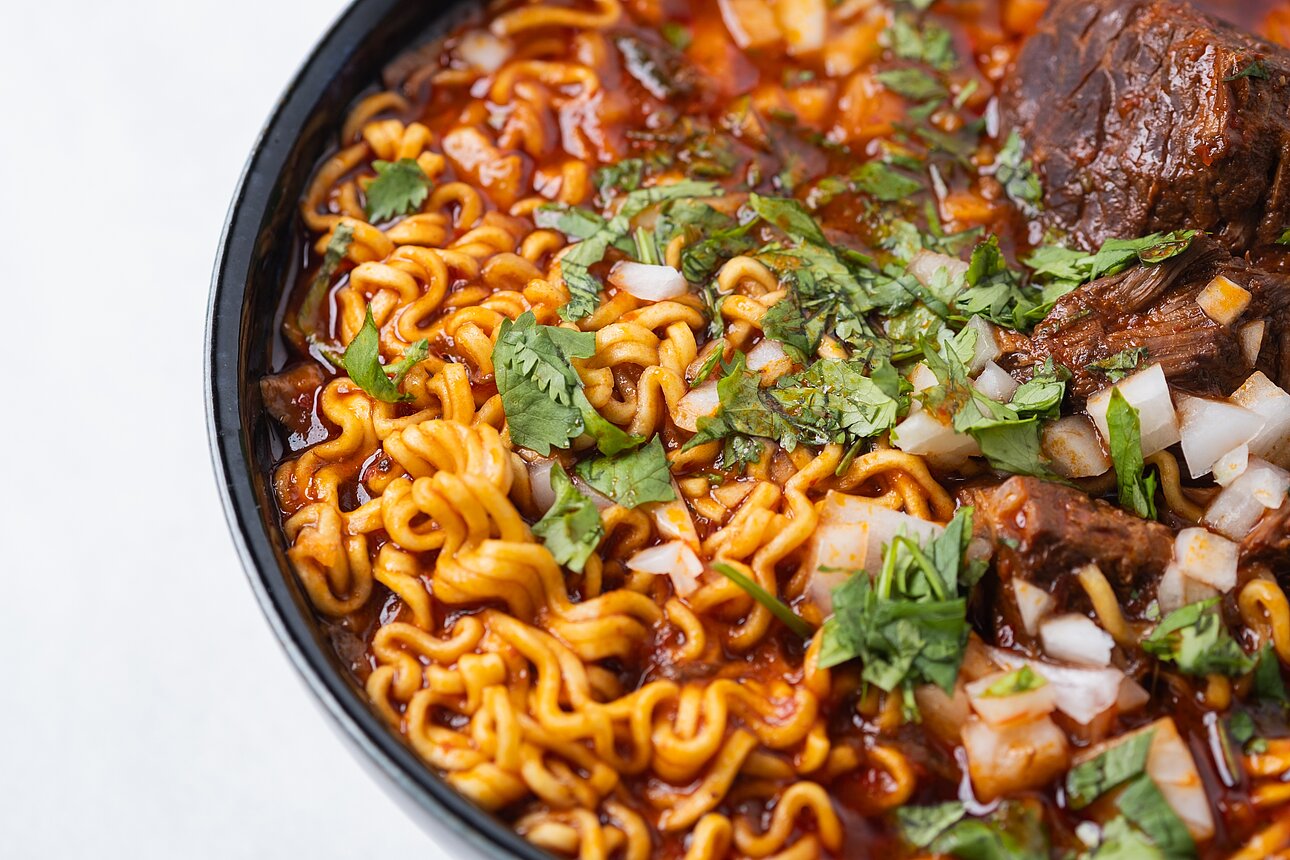Daring diners will never forget the first time they experience the sweet, smoky flavors of elote or the rich combination of fruit and spice that characterizes a classic mole.
Between 2010 and 2020, the Hispanic population in the U.S. increased by 26%, from just over 50 million to more than 63 million people. Today, about 19% of the U.S. population is Hispanic, and that number is expected to reach 22% by 2028.
Transplants bring elements of their culture and cuisine with them. Hispanic food staples and brands are increasingly evident on grocery store shelves, and reporting shows Google searches for “Mexican food” increased by 18% each year from 2019 to 2021.
U.S. food manufacturers and restaurateurs looking to ride the growth trend in Hispanic cuisine will have to find ways to combine culture, innovation, and community engagement to drive interest and spur success.
 The Expansion of Hispanic Cuisine in the U.S.
The Expansion of Hispanic Cuisine in the U.S.
Hispanic culture and cuisine are inextricably linked to the American experience. Core ingredients like rice, beans, corn, and meat make Hispanic foods largely accessible, while cultural variations invite experimentation and fusion. Just consider Tex-Mex restaurants, which have enjoyed popularity since the 1800s.
Today, Americans enjoy traditional dishes from South American, Latino, and Caribbean countries and cultures, thanks to increasing representation in the U.S.
Peruvian restaurant Tanta in Chicago boasts a diverse menu featuring everything from ceviche and grilled skewers to distinctive stir-fry dishes. Red Iguana, cited as one of Salt Lake City’s most celebrated restaurants, serves up outstanding Mexican fare, including seven distinctive moles.
Fusion with other cuisines is on the rise as well. The Latin-Asian menu at Chuey Fu’s in Denver offers tantalizing treats like char shu pork quesadillas, Korean beef tacos, and phò burritos and serves sangria alongside sake.
Business Strategies Employed by Successful Hispanic Restaurants
With customer demand and competition on the rise, restaurants and food manufacturers are courting innovation to remain relevant. Menus must evolve from strictly traditional dishes to include exotic fusion like Brazilian BBQ pizza or Asian-inspired ceviche with ingredients like rice vinegar and Thai fish sauce.
The authenticity of farm-to-table ingredients and beloved cultural flavors inspires confidence in modern diners who value not only a meal but the story behind it. Businesses focused on customer engagement must create an immersive dining experience, as with menus offering the history of traditional ingredients or dishes.
Related: New Street Food Trends Around the Globe
Marketing Strategies That Make an Impact
Digital marketing is a given in an increasingly connected world, and success in business means embracing the power of social media. With options for digital advertising, optimization, and influencer marketing, brands can expand their reach and recognition.
Community engagement is another great way to raise awareness and build rapport with local consumers. Events like special tastings, cooking classes, or launches of new menu items can increase interest and draw consumers, as can cross-promotion through partnerships with other local brands.
Tracking consumer preferences, from flavor profiles to nutritional and sustainability concerns, helps create forward-thinking brand strategies that position your business for ongoing success.
Never miss an update! Stay in touch! Sign up for our newsletter here
Lessons for Broader Industry Application
Flexibility allows businesses to weather the ups and downs of economic and consumer trends. In the restaurant industry, dining preferences can shift from nostalgia to novelty seemingly overnight.
When it comes to cuisine, it’s also imperative to lean into the culture behind it, understand the roots of classic dishes, and exhibit sensitivity before embracing an inclusive and innovative approach to culinary creation.
By carefully balancing every aspect of the dining experience, from menu design and restaurant decor to mouthwatering dishes and exceptional service, businesses have the best chance to promote consumer awareness, engagement, and patronage.
 Lessons in Latino Cuisine
Lessons in Latino Cuisine
Growing interest in Hispanic cuisine and its influence in the U.S. food market can’t be denied and shouldn’t be ignored. Restaurants and food manufacturers looking to capitalize must find ways to honor culinary origins while developing innovative, transformative, and integrated menus.
At the very least, trends should be tracked to gain insight into what’s driving consumer preferences and how business strategies can shift to capture the success enjoyed by top Hispanic restaurants.
Get more insights into the latest food trends with Symrise. Contact us today to learn more!





